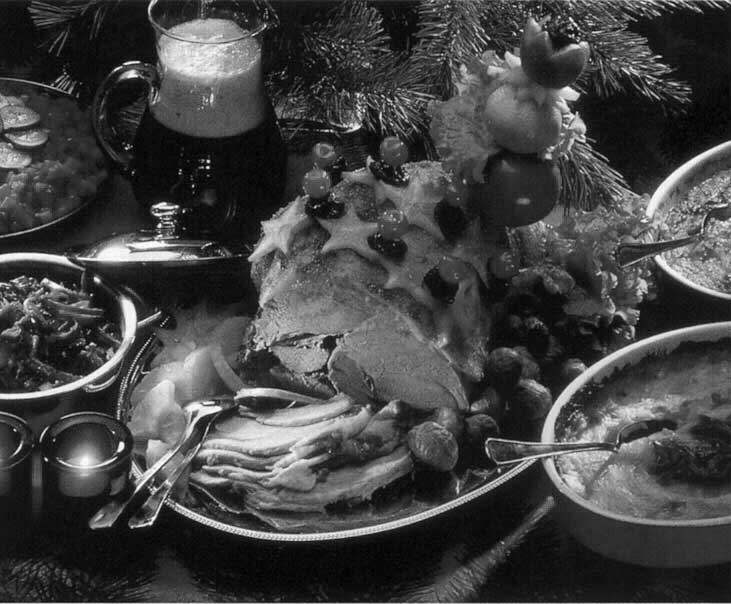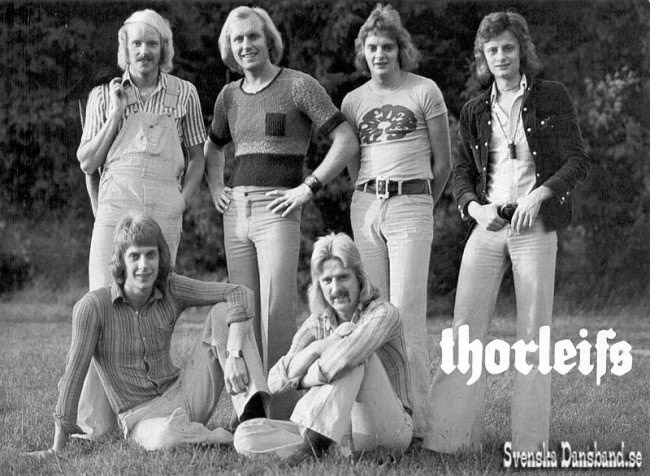It's so Swedish
-
 Allemansrätten in Sweden makes it easy to enjoy nature.
Allemansrätten in Sweden makes it easy to enjoy nature. -
-
Allemansrätten
The freedom to roam, or "everyman’s right," is a term describing the general public’s right to access certain public or privately owned land for recreation and exercise. The term is sometimes called “right of public access to the wilderness” or “the right to roam." It’s unique to Finland, Iceland, Scotland, Norway and Sweden. This term was established at the end of the 1940’s as a way to make it easier for people living in the cities to enjoy nature. Since 1994 it has been added to Sweden’s constitution that all people should have access to “allemansrätten.” The Allemansrätt gives a person the right to access, walk, cycle, ride, ski and camp on any land — with the exception of private gardens, the immediate vicinity of a dwelling house and land under cultivation, and with restrictions for nature reserves and other protected areas. It also gives the right to pick wildflowers, mushrooms and berries provided one knows they are not legally protected, as well as the right to visit beaches, to swim in any lake and put an un-powered boat on any water. The exception being a beach that belongs to a private garden. Permission to build a private house is usually not given so close to a beach that this right would be obstructed. Private piers are not free to use for boats or bathing. -
 Smörgåsbord, a very old Swedish tradition that became internationally known at the 1939 New York World's Fair, when the Swedish Pavilion offered Smörgåsbord at the Swedish Pavilion's "Three Crowns Restaurant". In Canada, Chinese smorgasbord is a buffet style used for Canadian Chinese cuisine. This tradition dates back to Gastown, British Columbia, which later became Vancouver, when Scandinavian-immigrant mill workers and loggers encouraged their Chinese cooks to arrange Chinese food as it was done in their homelands.
Smörgåsbord, a very old Swedish tradition that became internationally known at the 1939 New York World's Fair, when the Swedish Pavilion offered Smörgåsbord at the Swedish Pavilion's "Three Crowns Restaurant". In Canada, Chinese smorgasbord is a buffet style used for Canadian Chinese cuisine. This tradition dates back to Gastown, British Columbia, which later became Vancouver, when Scandinavian-immigrant mill workers and loggers encouraged their Chinese cooks to arrange Chinese food as it was done in their homelands. -
-
Smörgåsbord
Smörgåsbord is a Swedish word referring to a type of Scandinavian meal served buffet-style (Norwegians call it koldtbord and Danes call it kolde bord). The Swedish smörgåsbord grew out of the brännvinsbord of the bourgeois, popular in the 16th century. This meant bread, butter, cheese, herring and several types of snaps (smoked salmon, sausages and cold cuts were served also). Brännvinsbordet was served as an appetizer for a gathering of people and eaten while standing before a dinner or supper, sometimes with the men and women in separate rooms. Smörgåsbordet became popular in the mid 17th century when the food moved from the side table to the main table, and they started serving both warm and cold dishes. There was a simpler version of the brännvinsbordet called SOS: smör, ost och sill (butter, cheese and herring), which was a common appetizer served at hotels. Another variant of smörgåsbordet is julbordet.
The smörgåsbord was first served only in hotels and later at railway stations, before the dining cars time. The restaurants in Stockholm at the 1912 Olympics Games stopped serving smörgåsbord as an appetizer and started serving it instead as a main course. In menus from this year one can read “Smörgåsbord u.v.s”, which means “utan vidare spisning” (without other meals). The word “smörgåsbord” is a word consisting of the words “smörgås” (open faced sandwich) and “bord” (table). The word “smörgås” in turn consists of the words “butter” and “goose." Gås literally means goose, but its old meaning is the bits of churned butter floating on the skimmed milk. These pieces reminded Swedish peasants of fat geese swimming to the surface, and they were just the right size to be placed and flattened out on a piece of bread. Smörgås then meant butter on bread. In Sweden the term buttered open faced sandwiches (bredda smörgåsar) has been used since the 16th century.
A smörgåsbord consists of warm and cold dishes put out in such a way that guests walk around the table and serve themselves. There are some constants, such as bread, butter and a variety of pickled herrings. Also common at a smörgåsbord are omelets, sausages, meatballs, aspics and puddings. One will also find cold cuts, smoked salmon, eel and mackerel. The point is to consume protein; there is little if no space for potatoes and vegetable dishes at a smörgåsbord — the direct opposite of a buffet, where you can usually find potato gratins and salads. The common way to eat smörgåsbord is to take five turns. -
 Thorleifs is a dansband from Norrhult, founded in 1962. Many of their melodies are formed around the saxophone. Thorleifs' hits include: "Gråt inga tårar", "Och du tände stjärnorna", and "Tre gringos".
Thorleifs is a dansband from Norrhult, founded in 1962. Many of their melodies are formed around the saxophone. Thorleifs' hits include: "Gråt inga tårar", "Och du tände stjärnorna", and "Tre gringos". -
Dansband
Oh the dansbandsmusik! What bands are your favorites? Vikingarna? Arvingarna? Or perhaps Barbados? Dansband is a term describing bands playing a certain type of popular music. You dance to dansbandsmusik in pairs, and the music is inspired primarily by swing, pop, country, jazz and rock. The terms “dansband” and “dansbandsmusik” were coined around 1970, when the music developed into a style of its own in Swedish popular music. It then spread to the rest of Scandinavia. The main audience for dansband music today is middle-aged adults; the music is often performed live by the bands at venues where the main interest of the audience is to dance rather than watch the performers on stage. However, albums and singles are also recorded. The lyrics are about love, friendship and peace — some are about dancing itself. Other songs are inspired by national romanticism, with lyrics about things such as old memories or nature and native districts. -
-
